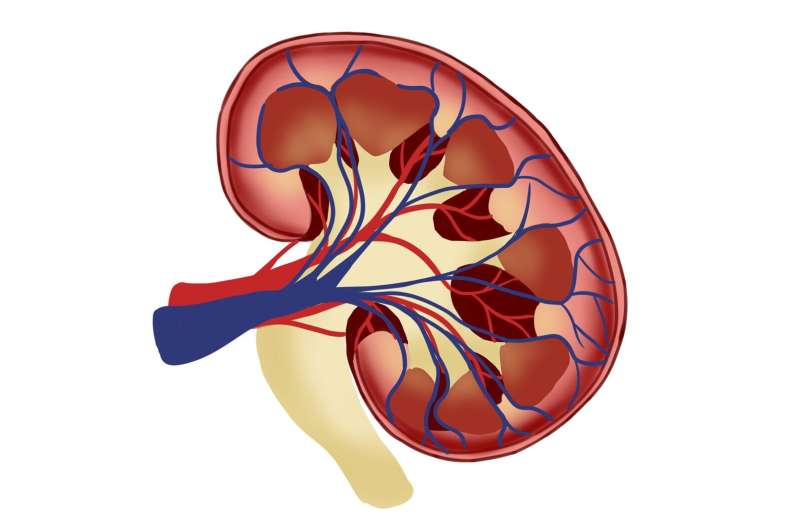Study Links Zinc Leaching from Needle Shields to Rare Syringe Blockages

Research uncovers how zinc from needle shields can leach into pre-filled syringes, causing rare clogging events. Advanced imaging techniques confirm the source and conditions that lead to this issue. Source: https://medicalxpress.com/news/2025-07-zinc-needle-shields-linked-rare.html
Recent research has revealed that traces of zinc from needle shields used in pre-filled syringes can leach into the medication, potentially causing rare instances of syringe clogging. The study, conducted by the Paul Scherrer Institute (PSI) and the technology transfer center ANAXAM, employed advanced imaging and spectroscopic techniques at PSI's large research facilities to investigate the internal structure of blocked needles. In particular, synchrotron-based X-ray methods allowed scientists to detect and pinpoint zinc deposits within the syringe needle tips.
The investigation was initiated following reports from pharmaceutical company MSD (Merck & Co.) about occasional syringe blockages, especially after storage at higher temperatures like 40°C. The hypothesis was that zinc from the rubber needle shields could migrate into the drug solution, increasing viscosity or causing particulates that lead to clogging.
Using sophisticated tools such as SR-XPCT (synchrotron radiation X-ray phase-contrast computed tomography) and SR-XRF (X-ray fluorescence), researchers visualized the dried drug deposits and confirmed the presence of zinc inside the clogged needles. Mass spectrometry analysis further confirmed zinc in the needle content, with the source traced back to the needle shield.
The detailed analysis revealed that zinc leaches into the drug formulation specifically when syringes are stored at elevated temperatures, like 40°C. In contrast, proper storage at 5°C prevents zinc migration, significantly reducing clogging risks. The findings underscore the importance of storage conditions and may influence manufacturing practices to enhance syringe safety.
This research provides valuable insights into the causes of needle blockages in pre-filled syringes, a critical issue for ensuring patient safety and product reliability. It highlights how advanced imaging technologies can uncover subtle material interactions that impact medical device performance.
Overall, the study offers a pathway for manufacturers to optimize syringe components and storage protocols, reducing the likelihood of rare but serious clogging events, and ensuring continued trust in injectable drug delivery systems.
Source: https://medicalxpress.com/news/2025-07-zinc-needle-shields-linked-rare.html
Stay Updated with Mia's Feed
Get the latest health & wellness insights delivered straight to your inbox.
Related Articles
Fire Smoke Exposure Can Impact the Immune System in Healthy People
New research reveals that fire smoke can alter the immune system in healthy individuals, emphasizing the importance of protective measures and policy changes to reduce health risks from wildfires.
Rising Challenges Threaten Malaria Elimination Targets in Asia Pacific
Malaria cases are surging in the Asia Pacific, threatening the region’s goal of elimination by 2030 due to climate change, resistance, conflicts, and funding shortages.
Breaking New Ground: Stopping Kidney Treatment Can Benefit Patients and Save NHS Funds
New research shows that stopping eculizumab treatment after six months in aHUS patients is safe, reduces risks, and results in considerable NHS savings, revolutionizing kidney disease management.
Implementing Low-Calorie Days Weekly May Support Weight Loss and Blood Sugar Management in Diabetes
Discover how implementing low-calorie days weekly, such as the 5:2 diet, can aid in weight loss and improve blood sugar control for people with type 2 diabetes. Learn about effective strategies and expert insights.



